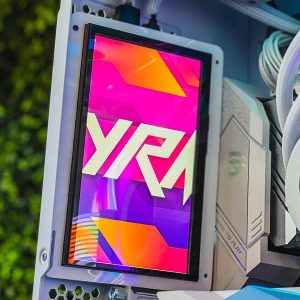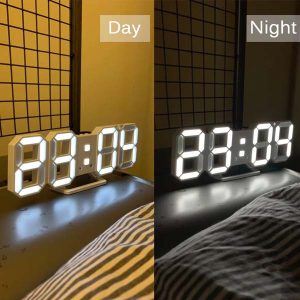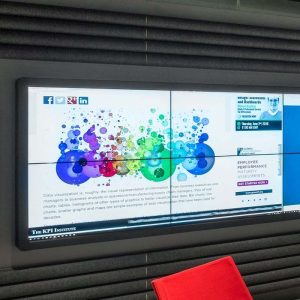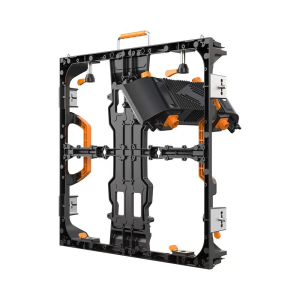Introduction
LED displays have become increasingly popular in various fields, such as advertising, sports, entertainment, and public information. These vibrant electronic screens showcase high-quality, dynamic images and videos, replacing traditional billboards. In this article, we will provide an overview of the basics of LED displays. Additionally, we will offer helpful tips on choosing the ideal display for your needs with reference to the products available at KSS Display.
Basics of LED Displays
What are LED Displays?
LED (Light Emitting Diode) displays use small light-emitting diodes to form an image. Remarkably, LEDs emit various colors of light. The control system adjusts each LED pixel’s brightness to create different colors. Consequently, LED displays boast numerous advantages, making them perfect for purposes like advertising and information sharing.
Components of LED Displays
LED displays primarily comprise these parts:
- LED modules – Basic building blocks containing multiple LED pixels.
- Control systems – Sender and receiver cards that handle control and signal transfer.
- Power supply systems – Provide the necessary power to the LED display.
- Cabinets and structures – The display’s outer casing, including its support components.
LED Display Types
KSS Display offers a comprehensive range of LED display products that cater to various applications and environments. The main types of LED display include:
Indoor LED Displays
Typically, indoor LED displays feature smaller pixel pitches for better detail at shorter viewing distances. They also have lower brightness levels for audience comfort. You can find them in advertising spaces, conference rooms, exhibition halls, and other indoor venues.
Outdoor LED Displays
Designed to withstand weather conditions, outdoor LED displays have high brightness levels, making them suitable for building facades, public spaces, and advertising billboards. They also use larger pixel pitches to ensure better visibility from farther distances.
Transparent LED Displays
Transparent LED displays offer an innovative and versatile option, allowing integration into retail store windows and building exteriors. Boasting exceptional transparency, they still display eye-catching content while letting natural light in.
Mesh LED Displays
Mesh LED displays are lightweight with excellent ventilation, making them perfect for large-scale structures where weight and wind resistance are essential. You can find them on building facades and stadium fences, among other locations.
Flexible LED Displays
Flexible LED displays utilize bendable LED modules to create unique shapes and designs. Ideal for customized setups in architecture, product displays, or stage designs, they offer flexibility for one-of-a-kind installations.
Key LED Display Parameters
Pixel Pitch
Pixel pitch, the distance between the centers of two LED pixels, influences a display’s resolution and image quality. Smaller pixel pitches provide higher resolution and better image quality at close range. However, striking a balance between resolution, cost, and viewing distance is crucial.
Resolution
The number of pixels (horizontal x vertical) determines a display’s resolution. Although higher resolutions result in better visual quality, they also increase costs and power consumption.
Brightness
Adequate brightness is vital for ensuring display visibility and readability, particularly in direct sunlight. Outdoor displays require higher brightness levels compared to their indoor counterparts.
Color Reproduction
Color reproduction evaluates an LED display’s ability to represent a wide range of colors accurately. Displays capable of better color accuracy deliver more vibrant and realistic images.
Power Consumption
Power consumption impacts the operating cost and energy efficiency of an LED display. Therefore, it is essential to select energy-efficient displays without compromising on performance.
Choosing the Right LED Display
When selecting the ideal LED display, consider the following factors:
- Budget and requirements
- Intended use and location
- Installation and maintenance procedures
- Manufacturer’s reputation and after-sales support
By thoroughly understanding these key aspects, you can choose the most suitable LED display that meets your visual and performance needs.
Conclusion
In conclusion, LED displays have become a staple in many industries, providing versatile solutions for an array of communication and display applications. By grasping the fundamental concepts of LED displays and taking essential factors into account, you can make informed decisions when selecting the perfect LED display for your specific requirements. Be sure to explore the wide range of options available at KSS Display to find the ideal solution.





